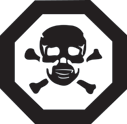Poison Prevention
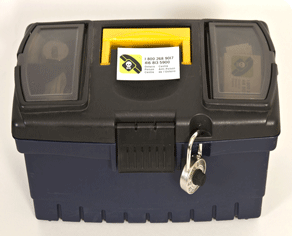
Many poisonings that occur in the home can be prevented. Poisonings are most likely to occur in young children less than six years of age, however keep in mind they can happen at any age. Children are very curious and like to explore and play with medicines and household products. The majority of poisonings happen in your own home. Remember: poisonings commonly occur when your normal daily routine is disrupted or during times of stress. Be alert and prevent poisonings!

Poison Prevention for Older Adults (60+)
Many people believe that poison and medication overdose only happens to children. Actually, 45% of all calls to the Ontario Poison Centre are about people over the age of 19 years old. We receive more than 8,000 calls annually from older adults aged 60 and over. One third of these calls are related to medication errors.
Here are some tips to prevent unintentional poisonings:
- Use a medicine reminder, pill organizer, or daily pill container to make sure that you are taking the right medicines at the right time. Pill organizers are available at your local pharmacy. Remember that these containers are not child-resistant. Lock your medicines up when young children are around.
- Keep a list of all medications you take on your person, the same way you would carry your driver's license or health card. List all prescription and over-the-counter medications and dietary or herbal supplements you take regularly. Include the proper name, dose and frequency. This will help avoid dangerous drug interactions in an emergency, should you become ill and unable to inform healthcare providers what medications you take on a regular basis.
- Put your glasses on when taking your medicine.
- Turn on the lights when taking your medicine at night to avoid mistakes! Don't forget to read the label each time you take your medicine.
- Be aware that depression can develop in older adults and seniors. Talk to your family members about mental health to help avoid intentional poisoning.
- Protect your grandchildren or other young guests when they visit you in your home! Follow our other poison prevention tips to keep your loved ones safe.
For additional information on senior safety issues, visit the following website: Bringing Awareness of Senior Safety Issues to the Community

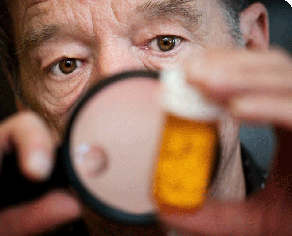
How to Take Medicine Safely
Mistakes can happen when you are taking your medicine. Here are some tips to help you take your medicine safely:
Read all medicine labels carefully to make sure you are taking the right medicine and the right amount.
- Only take medicine that is prescribed for you. Taking medicine that is meant for someone else can be very dangerous.
- Turn on a light if you are taking medicine at night.
When you start taking a new medicine, make sure to ask your doctor or pharmacist the following questions:
- When should I take the medicine?
- How much medicine should I be taking each time?
- How many times a day should I take the medicine?
- For how many days should I take this medicine?
- Should I take this medicine on an empty stomach or with food?
- To help you remember the instructions, write them down.

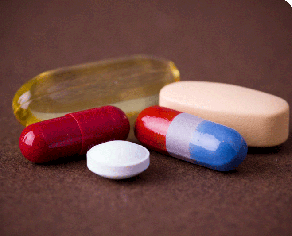
How to Give Medicine Safely
When giving medicine to someone else, always be sure you are giving them:
- The right medicine: Many pill and medicine bottles look alike. It is easy to grab the wrong bottle if you are not paying attention.
- The right amount: Read the label every time you give a dose of medicine to be sure you are giving the right amount.
- The right person: Mistakes can happen when we least expect it. Busy parents have been known to give medicine to the wrong child!
- The right time: Make sure to ask your doctor or pharmacist when and how often you should be giving the medicine.
Tip: Medicine should be given by the same person each time so that double dosing does not happen.

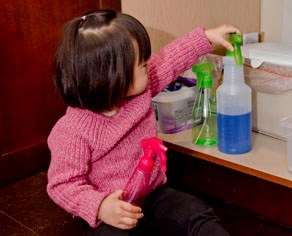
Why Do Poisonings Happen?
Many poisonings occur because harmful products have not been used or stored properly. Very young children are especially in danger of being poisoned. It only takes a few seconds for a child to swallow a dangerous amount of a poisonous product that is not stored safely. Safe and proper storage of household poisons is extremely important.
Remember:
- Do not take your medicine in front of your children. They may try to copy you.
- Do not give medicine to one child in front of another child.
- Do not call medicine “candy”. Do not make a game out of giving medicine to your child.
- Bad tastes and strong smells will not stop a child from swallowing poisonous products. Medicines, bleach, household cleaners, gasoline, lamp oil and other common household poisons may smell or taste bad, but your child may still swallow it.
- Many poisonings occur when a product is in use. Never leave a child alone with a product or medicine even if it is only "for a second". Take the bottle with you if you have to answer the telephone or a knock at the door.
- Parents often keep bottles of medicine in diaper bags and purses. Curious children can easily access these bottles.
- Harmful fumes can be created when cleaning products and other chemicals are inadvertently mixed together. Be careful not to mix chlorine bleach with other substances!

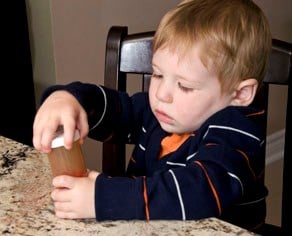
Storing Medicine Safely
Make sure all medicine is locked up! A fishing tackle or tool box with a lock works well. Store all of your family's over-the-counter prescription and herbal remedies in the locked box. Get rid of old medicine by taking it back to your local pharmacy for disposal.
Each day, the Ontario Poison Centre is contacted about poisonings because of medicine overdoses. Many overdoses happen because the medicine was not stored safely. Many parents store their family’s medicines in a cupboard that is up high. This storage strategy does not work. Children will climb to very high places to reach hidden medicines. Medicines must be locked up to be safe.
Tips:
- Keep track of how many pills are in a bottle. You can do this by sticking a piece of masking tape on the side of the bottle. Write on the tape how many pills are in the bottle. Each time you take a pill from the bottle, subtract it from the total number of pills.
- For medicines that need to be stored in the fridge, keep inside a plastic container at the back of the fridge.
- Store medicines in original container. Do not mix different medicines, vitamins or other tablets in the same container.
- Try not to keep medicines in a purse or a diaper bag, but if you do, store them out of a child’s reach.
- Remove these items from your cupboard: expired medicine, old-looking or crumbling pills, unused portions of prescription medicine, and unlabeled medicine bottles. Take these items to the pharmacist: they will dispose of them safely.

Keep harmful products locked up in a cupboard or container. There are a variety of safety latches that can be purchased to lock a cupboard or cabinet. Find them in the child safety section of local stores. You should choose one that works for your family and your child.
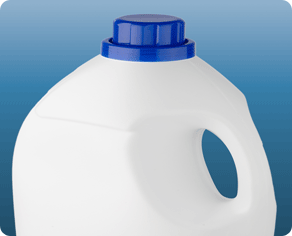
Store Products in Their Original Container
Always store harmful products in their original containers. Never put a substance in a cup, water bottle or any other drinking container. Products that have been moved into other drinking containers will be mistaken for drinks (for example sports drinks, soft drinks, juice etc.)
Remember that products that have been moved out of their original containers are missing:
- Ingredient information (name and concentration)
- Volume (number of millilitres in a full container)
- Warning symbols
- First Aid information
- Other visual cues

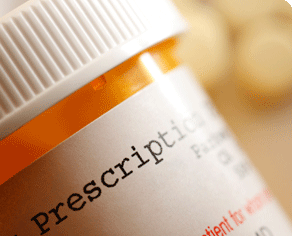
Child-Resistant Containers
Many household products and medicines have specially designed lids that parents think are “child-proof”. There is no such thing as a child-proof container. These containers are child-resistant. Child-resistant containers are designed so children cannot open a container easily. Do not rely on the container to keep your child safe.
Keep in mind that these containers are effective in slowing the time it takes your child to open the container. Hopefully, this delay will give you enough time to stop your child from opening the package. Only buy products and chemicals in child-resistant containers. Also, buy the smallest amount needed for immediate use. Try to avoid large bulk-size containers.

Prevention around the House
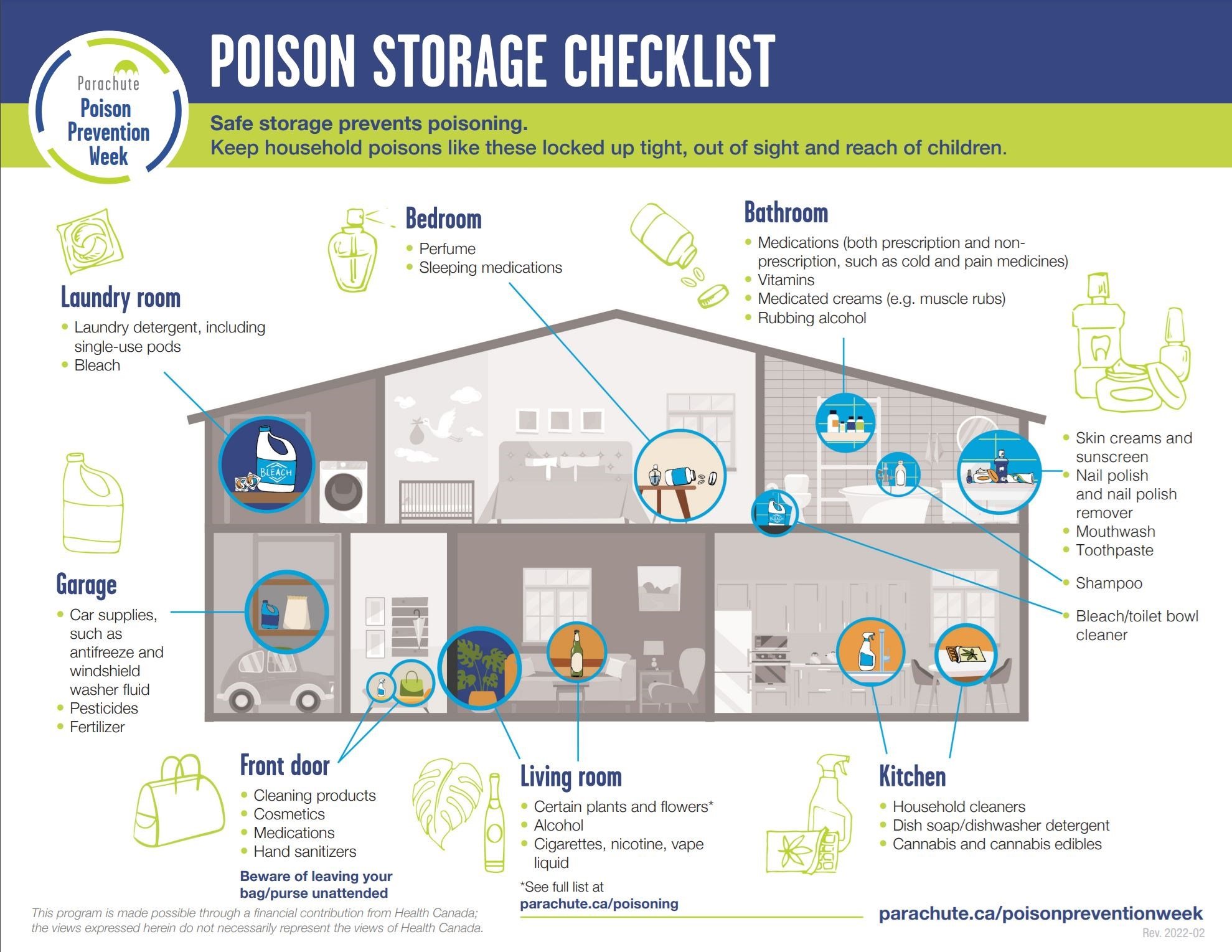
- Learn the names of your plants and know which ones are poisonous.
- Keep the tag that comes with new plants so you remember the names.
- Move poisonous plants to places where kids can’t reach them.
For more information visit our Plants Section.
- Do not mix cleaning products together, especially ones that contain bleach.
- Do not leave products unattended. If you’re using a product and called away to the phone/doorbell, bring the product with you.
- Store all cleaning products out of child’s reach, or install safety latches on your cupboard.
- Store food, medicine and cleaning product in SEPARATE areas.
- Double check areas of your home (ex/garage, attic, laundry room, basement) for old/loose products.
- Follow instructions on label carefully.
- Wear personal protective equipment.
- Buy only as much of the product as you need.
- Homes built before 1960 may contain lead-based paint. This can be a hazard if the paint is chipping or flaking, and within reach of someone who might chew on it.
- Visit Health Canada to learn how to reduce your exposure: https://www.canada.ca/en/health-canada/services/home-garden-safety/reduce-your-exposure-lead.html
- After a party (post pandemic), don’t forget to empty ashtrays and pour unfinished alcohol drinks down the drain.

